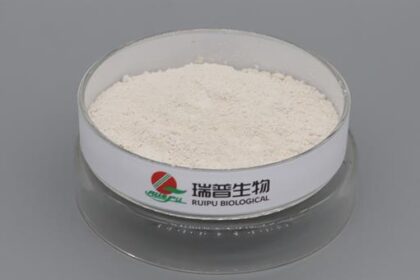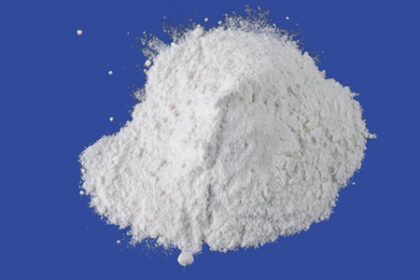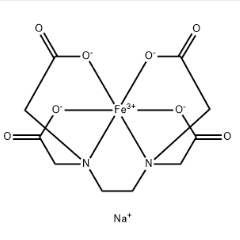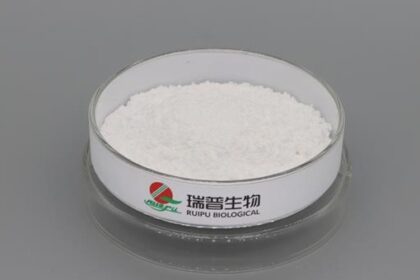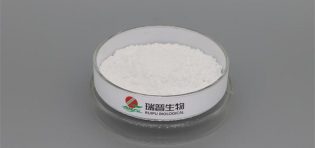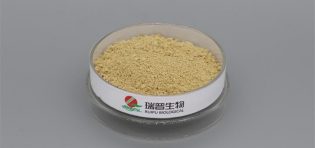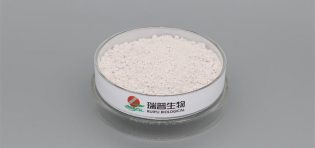
Exporting calcium lactate involves several channels and steps to ensure a successful international trade process.
There are common channels and considerations for exporting calcium lactate.Research and identify target export markets based on factors like demand, regulations, and market potential. Consider factors like the size of the food and pharmaceutical industries in potential target countries.
Understand the regulatory requirements for exporting calcium lactate to each target market. Ensure compliance with food safety and quality standards, labeling requirements, and import regulations of the destination country.
Establish relationships with distributors, importers, or buyers in the target markets who can help us navigate local market conditions and distribute our product.Attend trade shows and industry events to network and find potential partners.
We should ensure that our calcium lactate product meets international quality and safety standards.Consider obtaining certifications like ISO, HACCP, or FDA approval if applicable.
Package our product in compliance with destination country regulations and consumer preferences.Labeling should include clear product information, ingredients, nutritional facts, and multilingual labels if necessary.
Work with experienced logistics providers to handle the transportation and shipping of our product.Consider factors like shipping method, temperature control (if needed), and customs clearance.
Prepare all required export documentation, including invoices, certificates of origin, bills of lading, and customs declarations.Accurate and complete documentation is essential for customs clearance and smooth transportation.
Consider purchasing appropriate insurance coverage to protect our shipment during transit. Insurance can provide financial security in case of damage, loss, or unforeseen events.
Determine competitive pricing strategies for our product in the target markets.Define clear payment terms and methods for our international customers.
Conduct market research to understand market dynamics, consumer preferences, and competitors.Develop a market entry strategy that includes pricing, distribution, and marketing tactics.
Consider seeking assistance from export promotion agencies, trade associations, or government agencies that offer support and resources for exporters.They can provide valuable information and guidance.
Building long-term relationships with overseas customers is crucial for sustained success in international markets.Good communication and reliable service can help maintain these relationships.
Stay updated on changes in regulations and market conditions in our target markets.Adapt our strategies accordingly.
As our export business grows, consider expanding into new markets and diversifying our customer base to reduce risk.
Exporting calcium lactate or any food ingredient requires careful planning, compliance with regulations, and effective market strategies.Working with experienced professionals and partners in international trade can help ensure a successful export operation.

